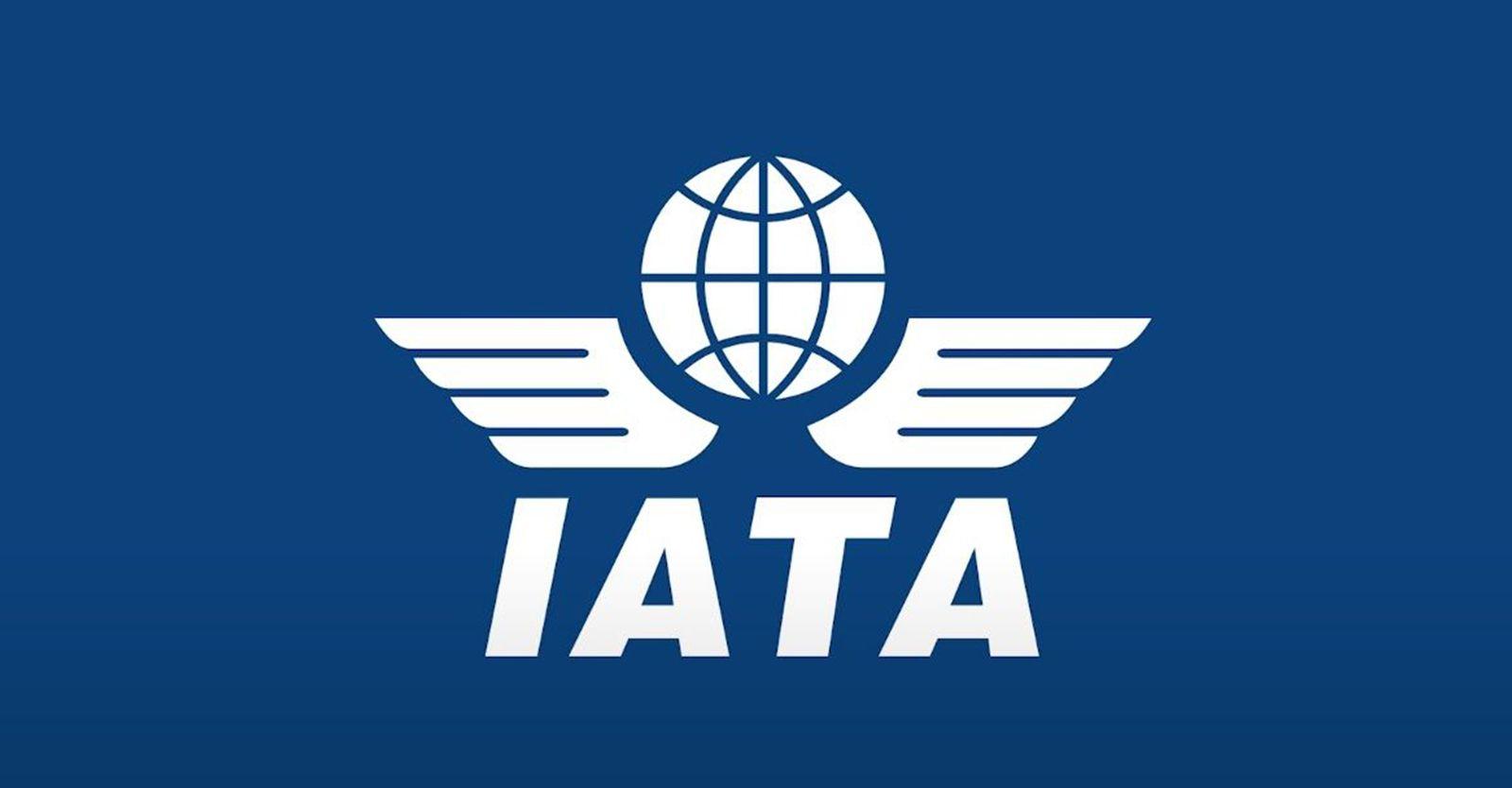With the transit potential between Europe and Asia rapidly growing, Azerbaijan is becoming one of the key aviation hubs in Eurasia. Expanding route networks, modernizing airports, and investing in sustainable infrastructure are putting the country on a new development trajectory in civil aviation. An integral part of this process is close cooperation with international organizations, including the International Air Transport Association (IATA), which actively supports initiatives on safety, digitalization, and the green transition.
Rafael Schvartzman, IATA’s regional vice president for Europe, told Report about the current state of the aviation sector in Azerbaijan, its challenges, and strategic prospects.
Report presents the interview:
- How do you assess the current cooperation between IATA and Azerbaijan? Which areas are developing most actively?
- The cooperation between IATA and Azerbaijan has been longstanding and exceptionally constructive. Over the years, we’ve built a strong partnership grounded in mutual commitment to advancing aviation safety, efficiency, and sustainability. IATA has worked closely with key stakeholders in Azerbaijan’s aviation ecosystem - including Azerbaijan Airlines, the Civil Aviation Authority, and the air navigation service provider - to support the country’s strategic aviation goals.
One of our principal areas of support is in safety and operations. IATA has a number of programs dedicated to raising the safety of the industry. Our IATA Operational Safety Audit (IOSA) and Safety Audit Ground Operations (ISAGO) are key initiatives for improving safety levels. An airline cannot be a member of IATA without passing the IOSA, and indeed, many other airlines that are not members of IOSA also choose to be IOSA accredited, as they recognize the value of the audit, which is incorporated into the safety regulations of many civil aviation safety oversight bodies worldwide. We’re pleased to have assisted AZAL in renewing its IOSA certification.
- What key initiatives is IATA supporting in Azerbaijan in terms of sustainable development and modernization of the aviation industry?
- The sustainable development of aviation is essential in a world that must tackle carbon emissions. Aviation was the first global business sector to voluntarily set a target to achieve net-zero carbon emissions by 2050, and this target has been backed by governments at the International Civil Aviation Organization (ICAO). However, reaching net-zero will be tremendously challenging. A key element is the expansion of production of Sustainable Aviation Fuel (SAF) which can deliver carbon reductions of up to 80% compared to standard jet fuel. With its significant energy production sector, Azerbaijan has a fantastic opportunity to create SAF, which will be in increasing worldwide demand in the years to come. IATA’s fuels and sustainability teams are engaged in helping governments set the right policy frameworks for developing SAF industries.
In terms of the modernization agenda, IATA can play a role in supporting Azerbaijan’s aviation authorities and industry stakeholders in areas such as infrastructure development, regulatory alignment, environment, sustainability, and digital transformation.

- How would you evaluate the overall state of Azerbaijan's aviation sector - specifically regarding flight safety, service quality, and infrastructure?
- Azerbaijan’s aviation sector has made significant strides in recent years, particularly in flight safety, service quality, and infrastructure. The country adheres to ICAO safety standards, with the State Civil Aviation Agency (SCAA) implementing a National Aviation Safety Plan (NASP) for 2024-2026 to enhance oversight and risk management. Azerbaijan’s airspace has also become a vital transit corridor for Europe-Asia flights, demonstrating its strategic importance.
Infrastructure-wise, Azerbaijan has invested heavily in airport modernization, including the expansion of Heydar Aliyev International Airport and the development of new international airports in liberated territories. These efforts aim to strengthen Azerbaijan’s position as a regional aviation hub while supporting tourism and economic growth.
- In your opinion, how competitive is Azerbaijan’s national carrier AZAL on regional and global levels?
- AZAL has undergone a remarkable transformation in recent years, strategically positioning itself for a new era of growth and competitiveness. The airline has made substantial investments in modernizing its fleet, optimizing its route network, and embracing advanced technologies—critical steps toward becoming a more agile and globally competitive carrier.
One milestone in this evolution is the adoption of New Distribution Capability (NDC), which enables AZAL to offer more personalized and dynamic content to customers, aligning with modern retailing trends and enhancing the passenger experience. Additionally, AZAL’s network redesign is strengthening its regional presence while laying the foundation for international expansion. Combined with a commitment to operational excellence and sustainability, these efforts demonstrate AZAL’s ambition to evolve beyond its regional roots and become a respected global aviation player.
- What challenges and opportunities do you see for the development of airport infrastructure in Azerbaijan, especially considering the country’s growing role as a transportation hub?
- Azerbaijan's aviation has excellent potential, but it does face some challenges. Primarily, airport capacity: Heydar Aliyev Airport is expected to reach full capacity soon. The airport is developing a master plan, which should lead to a program of cost-efficient expansion and upgrading of existing facilities to meet international standards. Similarly, the air traffic management system needs modernization.
On the positive side, there are great opportunities, starting with Azerbaijan’s excellent strategic location. As a bridge between Europe and Asia, it makes it a key transit hub, especially for cargo. This has been recognized by the recent construction of a cargo terminal with a capacity of 1.5 million tonnes. We’ve also seen the Silk Way Group announcement of investment in a new cargo airport in the Alat Free Economic Zone.
- What are the main risks currently affecting Azerbaijan’s aviation market - both internal and external?
- Azerbaijan borders a number of geopolitically unstable areas that present both a risk and an opportunity for the sector. The restrictions on Russian airspace have redirected traffic through Azerbaijani airspace, generating additional revenue for AZANS. But AZAL has suffered due to its losing access to 9 of its 13 destinations in its leading market, Russia. The airline is showing great resilience and adaptability, however, in reconfiguring its network to find new opportunities.
- Do climate and environmental challenges influence the country’s aviation strategy? How well is the industry adapted to the demands of the green transition?
- Azerbaijan Airlines’ flights to Europe will be significantly affected by the EU’s ReFuelEU Aviation regulation, which mandates a gradual increase in the use of Sustainable Aviation Fuels (SAF) at EU airports. This policy aims to reduce aviation emissions by requiring fuel suppliers to blend SAF into conventional jet fuel, with targets reaching 70% SAF by 2050. While Azerbaijan Airlines has already begun investing in SAF and aligning with the RefuelEU initiative, compliance with these regulations will likely introduce operational challenges, including higher fuel costs and supply constraints at European airports. Additionally, airlines operating in the EU must ensure proper sustainability certification to meet environmental reporting requirements. Strengthening partnerships with SAF suppliers and optimizing fuel procurement strategies will be crucial for Azerbaijan Airlines to maintain cost efficiency while meeting EU sustainability standards.
- In your opinion, what role did the recently held Aviation Energy Forum in Baku play in the context of international dialogue on sustainable aviation development?
- The Aviation Energy Forum (AEF) brings together global experts from airlines and fuel suppliers to discuss current and future energy challenges for aviation. In this context, critical energy matters are discussed, including supply resilience and efficiency. Sustainable Aviation Fuels (SAF) are also a central part of the agenda, facilitating broader understanding of the challenges and opportunities in this area, to ensure sustainable growth for our industry.
- Which key topics and decisions voiced at the forum could have practical significance for Azerbaijan’s aviation sector and the wider region?
- We understand and are pleased to see that Azerbaijan is keen to promote the use of SAF, even though this presents some local regulatory and commercial challenges. Key regulatory frameworks such as CORSIA and ReFuelEU Aviation were part of the agenda, but more importantly for Azerbaijan, there was a specific session addressing normative changes needed to have a SAF specification in the country. To facilitate the prompt introduction of SAF in the market, Azerbaijan could adopt ASTM specifications in addition to, or instead of, the currently used GOST (Russian) standards.
- How important is Azerbaijan's participation in such global and regional platforms? Which messages from the Azerbaijani side do you consider the most significant?
- As an energy producer and exporter, Azerbaijan has an important opportunity to play a key role in enabling the sustainable growth of the air transport sector. Participation in global and regional forums allows Azerbaijan to have a critical voice and be engaged in the development of the aviation fuel sector. Azerbaijan’s intention to support the climate agenda is a welcome message for the industry.
- What steps should be taken to strengthen Azerbaijan’s role as a transit aviation platform between Europe and Asia?
- At the national level, aviation competitiveness depends on many factors. In general, airlines can thrive if they are subject to light-touch regulation and taxation, and work with infrastructure partners that understand the importance of keeping charges low while investing efficiently for the best-value outcomes. This vision, which we have seen repeated in recent years across many countries with highly successful aviation sectors, creates a win-win for the industry and governments, who will see the benefits from increased prosperity driven by growing aviation connectivity.
In addition, modernizing the regulatory framework is essential. This includes aligning national aviation regulations with international standards, particularly those of the European Union and ICAO.
Equally important is the expansion of bilateral and multilateral air service agreements, especially with European countries. These agreements are the foundation for route development and market access.
The most important thing any national aviation business needs is a government that understands the potential of aviation and supports the sustainable growth of the sector. Azerbaijan has been growing its air transport connectivity and appears to recognize the importance of its supportive role. If this continues, then the safety and quality of aviation will continue to grow.
- How can IATA assist in advancing digitalization, sustainable aviation fuel (SAF), and energy efficiency in Azerbaijan’s aviation sector?
- In terms of digitalization, IATA has a number of programs looking into this. One promising area is the implementation of One ID, which promotes seamless, contactless passenger journeys using biometric identification. This initiative can greatly enhance the passenger experience while improving security and operational efficiency.
Another key opportunity lies in Modern Airline Retailing (NDC adoption), which enables airlines to adopt more customer-centric, dynamic retail models. By embracing these innovations, Azerbaijan’s carriers can unlock new revenue streams and deliver more personalized services to travelers.


